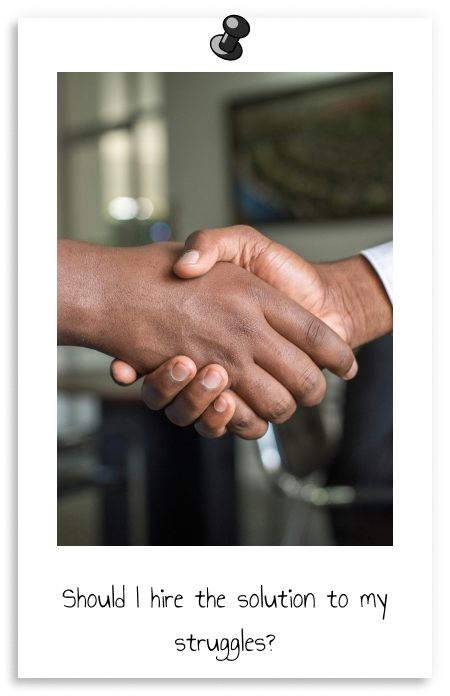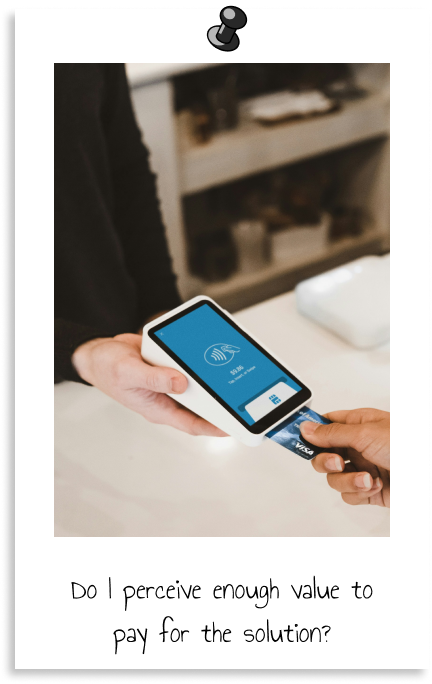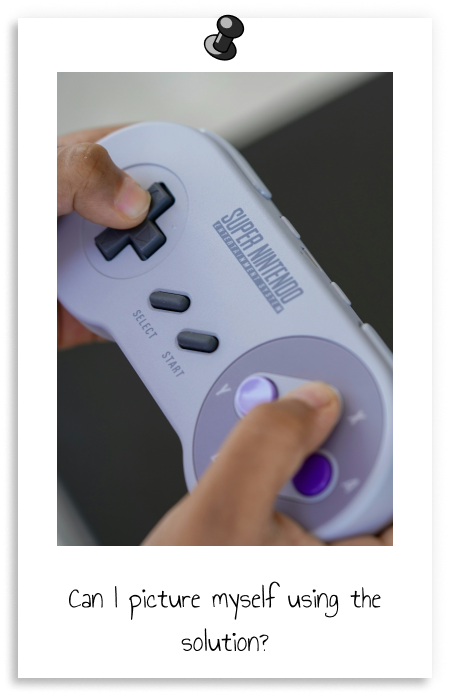Product innovation is about discovering the opportunity for progress to occur
Scroll to discover how

Innovation, from the latin verb innovare is about enabling the world to step into a new state.
It seeks to help people move away from an existing situation that is suboptimal. That new state promises to deliver value by allowing people to achieve more, removing hurdles and breaking constraints.
Valuable innovations rise in the face of adversity, frustration or effort. And it is easy to identify these opportunities once we pause and take an obsessive look at the way people behave.

Bringing something new to the market means understanding first what has brought people to behave the way they behave, the outcome they are trying to achieve and what is preventing them to achieve it. It forces innovators to go into discovery mode to learn about the 3 types of willingness.
Willingness-to-hire (WTH)
A customer’s desire to acquire the solution because of the job it performs in response to a struggling moment.
People have jobs. We hire solutions to perform a job that satisfies one or many needs. Not all the needs are born equal though. Some needs are more rational than others which subsequently impacts customer loyalty. Many needs exist since the dawn of time, and have satisfied in news ways every now and then (e.g. communication).
We tend to think people make random decision. But they don’t. The reason for people to hire a solution is the result of a sequence of events that affect their decision making. And the more we can see these patterns, the better we are positioned to impact the decision making process through the creation of value that is missing.
Interview for Willingness-to-hire starts with a simple question : “Tell me about last time you did X.”
Willingness-to-pay (WTP)
A customer’s commitment to spend money in exchange for obtaining the value that the solution brings to their life.
In a for-profit world, there is no such thing as a free lunch or a free service. If some business offers a service for free, it means it will leverage its customer’s information to create value somewhere else, and get a return from that value (e.g. free loyalty cards or free email services), most often at the expense of the customer’s right to privacy.
Without having a conversation around willingness-to-pay, it is impossible to create an innovative solution that can last. Because of anchor points and habits, people will perceive value under their own lens. Understanding the baseline and the way people build value in their mind are prerequisites to launch a solution without either leaving money or the table or being turned down.
Various techniques can be used to learn about Willingness-to-pay, from relative value comparison to discovering psychological thresholds.
Willingness-to-use (WTU)
A customer’s ability to engage with a solution over time because of how it it fits into their habits, capabilities and knowledge.
Making solutions easy to use is not an understatement. It is another prerequisite to guarantee the chances of success. No matter how valuable a solution, and how much money people will want to spend for a solution, if it needs too much effort to use, does not adhere to user experience principles or requires extensive knowledge to understand how to function, it will be dropped
Simplicity is the ultimate sophistication. It does not mean that the solution is rudimentary. It implies that it stays focused on the job it is hired to do. As more features get added, the information architecture is built with multiple layers that allows advanced features to be accessed while not impeding on the core value.
Testing for Willingness-to-use starts with simple storyboarding and ends with prototypes that help identify usability issues at various steps of the entire customer journey.

“Jobs To Be Done (JTBD) is a framework that helps you understand why and how people buy products.”
Bob Moesta
Re-Wired Group CEO & author





